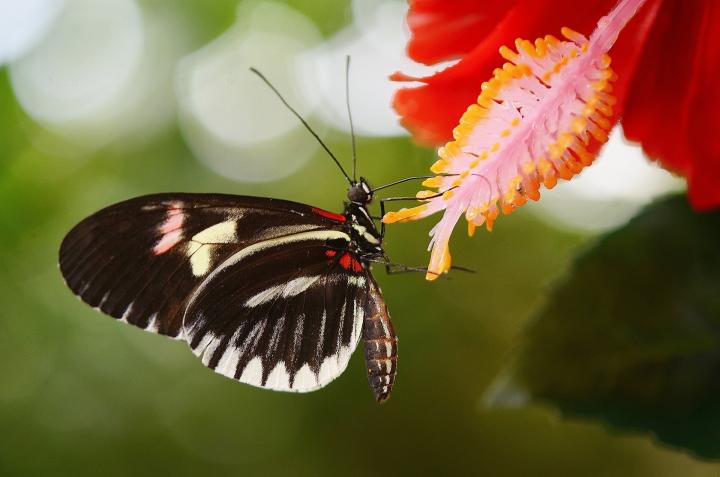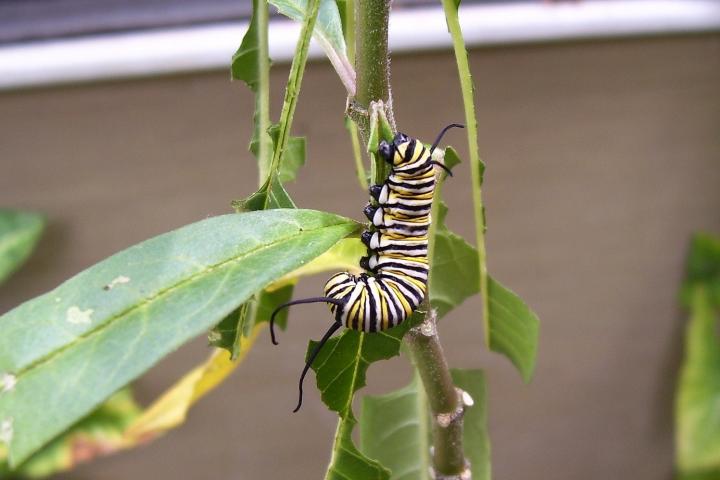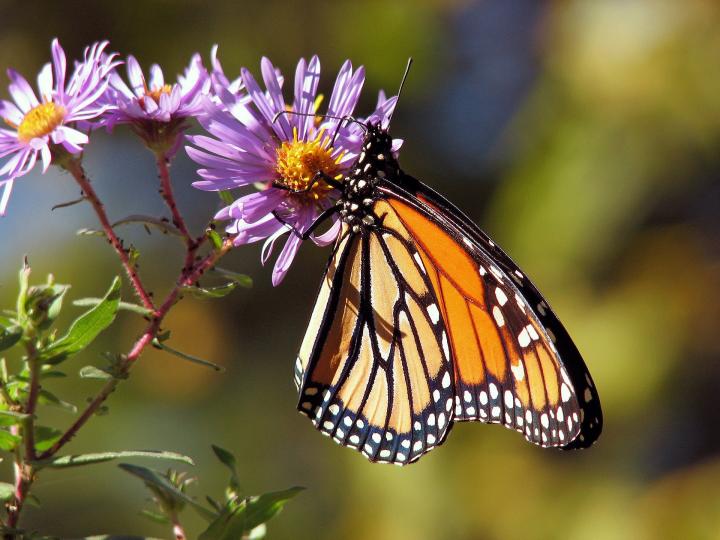Butterflies and flowers were made for each other, and there are certain flowers that butterflies absolutely love to be around. As a French poet once pointed out, “Butterflies are flying flowers, and flowers are tethered butterflies.” Here are some of the best plants that attract butterflies!

In attracting butterflies to your garden, it’s important to understand what they want most out of life: nectar. The ancients, who believed that nectar fell directly from heaven, named it after the wines of the gods.

KEEPING YOUR GARDEN BUTTERFLY-FRIENDLY
If you want to keep butterflies in your yard (and support these declining pollinators), it’s essential to include host plants where they can lay their eggs (some butterfly species are fussier than others as to what plants are best); once the larvae hatch, the host plants will serve as food for the developing caterpillars.
To encourage butterflies to reside in your garden, it’s best to include food sources in the form of host plants for caterpillars and nectar plants for butterflies.
A butterfly’s wish list also includes sunny open spaces, shelter from the wind, and fresh water.
It’s also crucial to opt for using native plant varieties in your garden, as these will be the most beneficial to the butterflies and caterpillars in your area. Consult your local garden center or Cooperative Extension service for more information on native plants.
PLANTS THAT ATTRACT BUTTERFLIES
For caterpillars, consider plants like violets, milkweed, dill, and asters.
Did you know: Monarch caterpillars ONLY eat milkweed. In fact, the monarch butterfly is also known as the “milkweed butterfly.” Read more about common milkweed.

For butterflies, Joe-Pye weed, ironweed, yellow coneflowers, goldenrod, and brightly-hued asters are nectar-filled favorites.
See our full butterfly plant list below.
| Common Name | Latin Name |
|---|---|
| Allium | Allium |
| Aromatic Aster | Symphyotrichum oblongifolium |
| Bee balm | Monarda |
| Black Cherry | Prunus serotina |
| Blue Wild Indigo | Baptisia australis |
| Blueberry bushes | Vaccinium corymbosum, Vaccomoium angustifolium |
| Buttonbush | Cephalanthus occidentalis |
| Butterfly bush* | Buddleia |
| Catmint | Nepeta |
| Clove Pink | Dianthus |
| Cornflower | Centaurea |
| Daylily | Hemerocallis |
| Dill | Anethum |
| False indigo | Baptisia |
| Fleabane | Erigeron |
| Floss flower | Ageratum |
| Globe thistle | Echinops |
| Goldenrod | Solidago |
| Grey Dogwood | Cornus racemosa |
| Helen’s flower | Helenium |
| Hollyhock | Alcea |
| Hoptree | Ptelea trifoliata |
| Joe-Pye weeds | Eupatoriadelphus fistulosus, Eupatoriadelphus maculates, Eupatorium purpureum |
| Lavender | Lavendula |
| Lilac | Syringa |
| Lupine | Lupinus |
| Lychnis | Lychnis |
| Mallow | Malva |
| Milkweed | Asclepias tuberosa |
| Mint | Mentha |
| New York Ironweed | Vernonia noveboracensis |
| Ninebark | Physocarpus opulifolius |
| Northern Spicebush | Lindera benzoin |
| Pansy | Viola |
| Phlox | Phlox |
| Pipevine | Aristolochia macrophylla |
| Privet | Ligustrum |
| Purple coneflower | Echinacea |
| Rock cress | Arabis |
| Sage | Salvia |
| Sea holly | Eryngium |
| Senna, American | Senna hebacarpa |
| Senna, Maryland | Senna marilandica |
| Shasta daisy | Chrysanthemum sp. |
| Snapdragon | Antirrhinum |
| Stonecrop | Sedum |
| Sweet alyssum | Lobularia |
| Sweet rocket | Hesperis |
| Tickseed | Coreopsis |
| Tuliptree | Liriodendron tulipifera |
| Trumpet Vine | Campsis radicans |
| Zinnia | Zinnia |
* now categorized as an invasive plant in many states.
Source / The Old Farmer’s Almanac

